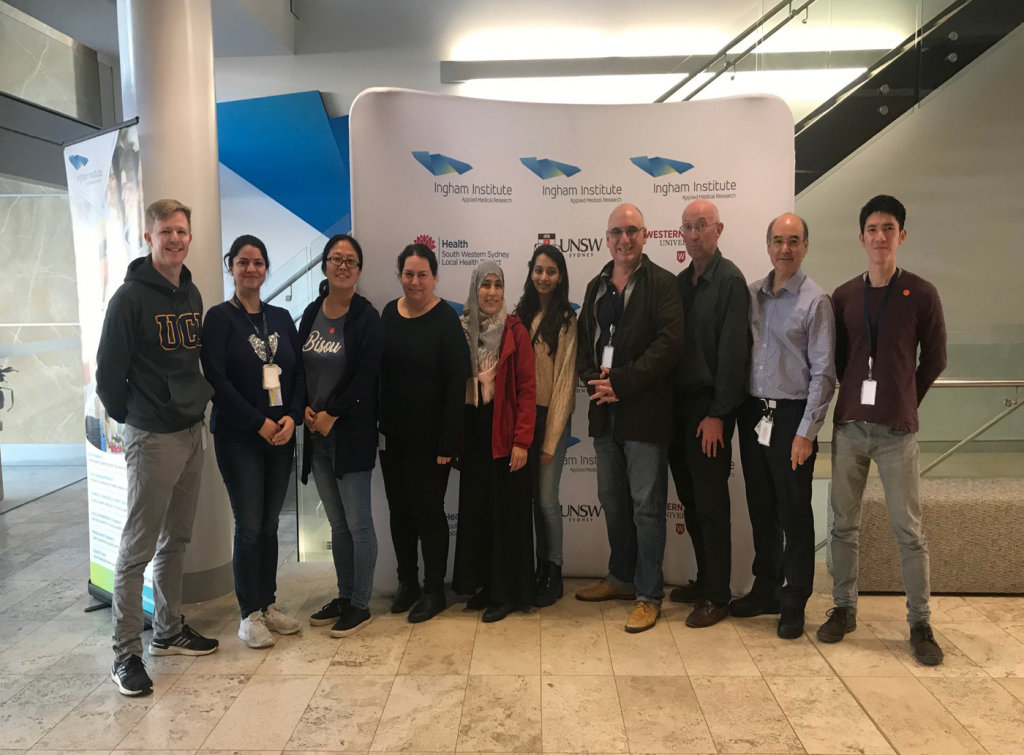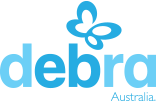Article written by A/Prof Albert Mellick
As a scientist based in Australian academia over the last 20 years I am well aware of the challenges and limitations of relying solely on government funded research. Despite the many breakthroughs that have come in the long history of science by studying rare diseases it is often the marquee diseases, such as breast cancer or heart disease, which attract the ‘lion’s share’ of competitive grant funding. That is why the work of DEBRA Australia in raising public awareness and directing resources towards increasing research funding for EB is so important.
Even for researchers like myself that have sat on national research panels and advised government, awareness of EB remains limited. For instance, when in 2018 I was approached by a researcher from EB House, Salzburg Austria, Dr Verena Wally, to see if I was interested in a collaboration the first question I asked was. What was EB? This was explained to me, and it was mentioned that part of the funding would come from DEBRA Australia who was keen to promote international research connections. Since then it’s been a journey of discovery that has changed the course of research in my laboratory.
As well as learning about EB, I’ve had a chance to get to know some of the members of DEBRA Australia, including the Chair, Dr Jenny Marty and rest of the team; all of whom have worked tirelessly to increase awareness of EB. I have also had a chance to meet with parents and children who have had to deal with the disease. Such meetings have left me inspired and instilled me with the belief that a little bit of research can really make a difference.
Our project involves identifying markers from a simple blood test which might give an early warning that skin cancers may be developing in recessive dystrophic EB patients. Due to the initial $35,000 international grant and follow up grants of $50,000 awarded by DEBRA Australia the laboratory has been able to host in Western Sydney some talented students from Austria, including Mr Roland Zauner, whose work was published recently in the journal Cell Communication & Signalling, and Ms Hannelore Bodocian, also from Austria whose work was presented at the 1st World EB Congress in London in January 2020. There are now three medical students working on the EB project from UNSW: (i) Miss Moksha Shah (recipient of a travel award from DEBRA Australia), (ii) Mr Jun Yu Li (whose family caries a rare variant of the disease), and (iii) Mr David Hoang. Further details of the research publication are given below.
Our work at the Ingham Institute for Applied Medical Research is now focused on developing a clinical tool for the early diagnosis of cancer in EB patients, and improved treatments for wound healing. In this regard, we are now working closely with Wollongong University, and Prof Marie Ranson, who is an expert in skin cancers, and have recently obtained ethics approval to conduct a larger study with this group. Another important collaborator is Prof Dennis Barritault, Emeritus Professor at Paris Est Creteil University, who is an expert in the development of creams for wound healing, and with whom we have recently signed an agreement to conduct joint research.
From a tentative phone call in June 2018, to an international study involving over 10 researchers and students, as well as the continued support of DEBRA Australia, the future looks promising for EB research in Sydney’s West.

Left to right: Mr Tim Mann, Ms Anshuli Razdan, Dr Yafeng Ma, Ms Mila Sajionovic, Tanzilla Khan, Ms Moksha Shah, Assoc. Prof. Albert S. Mellick, Assoc. Prof. Kieran Scott, Assoc. Prof. Kevin Spring, Mr Jun Lai Yu.
A Cancer Stem Cell-Like Phenotype Is Associated With miR-10b Expression in Aggressive Squamous Cell Carcinomas. Wimmer ,M; Zauner, R et al: Cell Communication and Signalling 2020, https://pubmed.ncbi.nlm.nih.gov/32276641/
